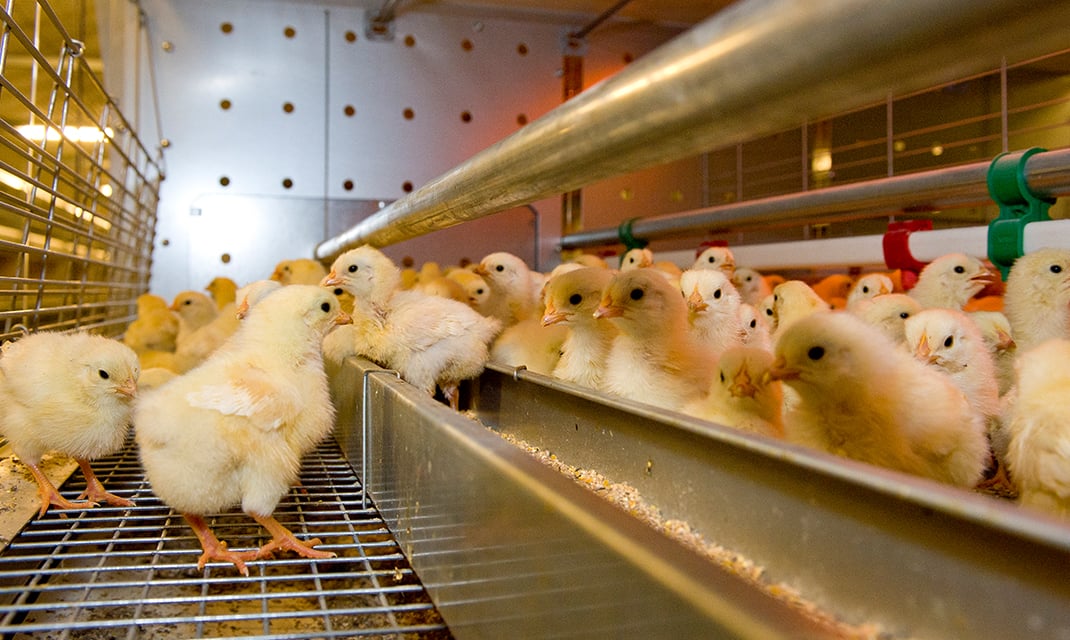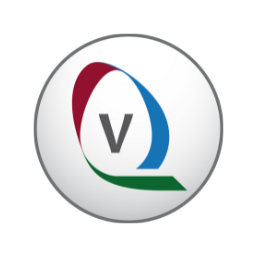For rearing laying hens, besides good quality of the day-old chick, the right feed, craftsmanship, is the chosen housing system very important. Alex Welbergen is Poultry Specialist at Vencomatic Group, he regularly guides customers in rearing laying hens. Below, he discusses six ways to ensure quality.
Professionals
The most important factor in laying hen rearing is the professionals. They should have knowledge of pullets and hens and dare to make adequate decisions on what is observed in the house. The relationship between chick supplier and customer is important, the correct exchange of information is crucial to get your flock off to a good start. Especially when communicating remotely, you need to understand each other well, sometimes things are interpreted differently due to language differences or cultural differences.
Climate
A well-functioning climate system is important to raise the chick in the most optimal environment. If the temperature is not right or the fresh air is not well distributed, this will have negative consequences for bird movement and distribution. Hens that can move throughout the house will look for comfortable places, if the climate is not homogeneous you will get an incorrect distribution of your birds, which can compromise the development and health of the hen. So it is important to monitor the climate throughout the round. Each age of the hens has different needs and, of course, changing weather conditions outside also affect the indoor climate.
From rearing system to production
When choosing a rearing system, a proper connection to the follow-up phase in the production house is important. If they are reared in a 'three-dimensional' system, this is often a good connection to the available systems in the production house. Our rearing systems fit well with any available production system. In our rearing systems, we optimally prepare the chicks for the production period. We teach them to jump, to search for feed and water at different levels and to sleep on a perch. When these birds are transferred to an aviary house, they are already familiar with this. They then only need to get used to their new environment and can quietly prepare for laying their first egg.
Management
In rearing, the management is very important. This management is often done in consultation with other parties involved, like the production poultry farmer, chick supplier, veterinarian and Vencomatic Group if it concerns one of our systems and we are invited for this guidance. Vencomatic Group has 35 years of experience with these systems, so we can properly support the poultry farmer in the start-up of the new system. Questions regarding the correct way of using the system, such as when to open the system or lifting plateaus. But feeding times and how to vaccinate are also part of the guidance. The strategy to be applied is discussed together. Good communication and clear statements of expectations are crucial here. Our support can be provided both remotely and locally.
Feed, water and light
Feed and drinking water should be of good quality and easily accessible. Timely cleaning and flushing of the drinking water system is very important in the early stages. Feed is offered in different structures, but should initially always be tasty and easy for the chick to absorb. For proper behaviour, this water and feed should be offered at different levels from a certain age.
The lighting programme is also very important: the right type of lighting, the right light intensity. But also the right dimming programmes. The goal is that at the end of the dimming programme, all chicks in the system are sleeping and preferably as high as possible.
The lighting programme in rearing is often set up optimally. It is important that this is replicated as well as possible in the production house. We recommend that the poultry farmer of the production house visits the rearing house. So that the management carried out is clear and a picture of the future flock can be formed. This applies to both family farms and integrations. The larger integrations also invest in rearing systems in advance. Then an optimal start is guaranteed.
Animal health
Finally, one last factor: disease prevention. A rearing hen receives an extensive vaccination programme. This programme differs per country. Through this vaccination programme, the hens produce antibodies, so they are better protected against diseases in the future. Monitoring and perhaps some extra support are then important. The aim is to deliver a robust and fit hen that can achieve a long life with good production in the best possible health. Besides this vaccination programme, overall hygiene and the aspects mentioned above are of course important to achieve a healthy hen.
By properly managing the 6 aspects mentioned above, we can guarantee that at the end of rearing, the hens will have developed into high-quality layers. Ready for the top sport they will deliver in the production house.












.png?width=160&height=132&name=Egg%20packers%20-%20Vencomatic%20Group%20(2).png)
.png?width=160&height=132&name=Meggsius%20Select%20-%20Vencomatic%20Group%20(2).png)












